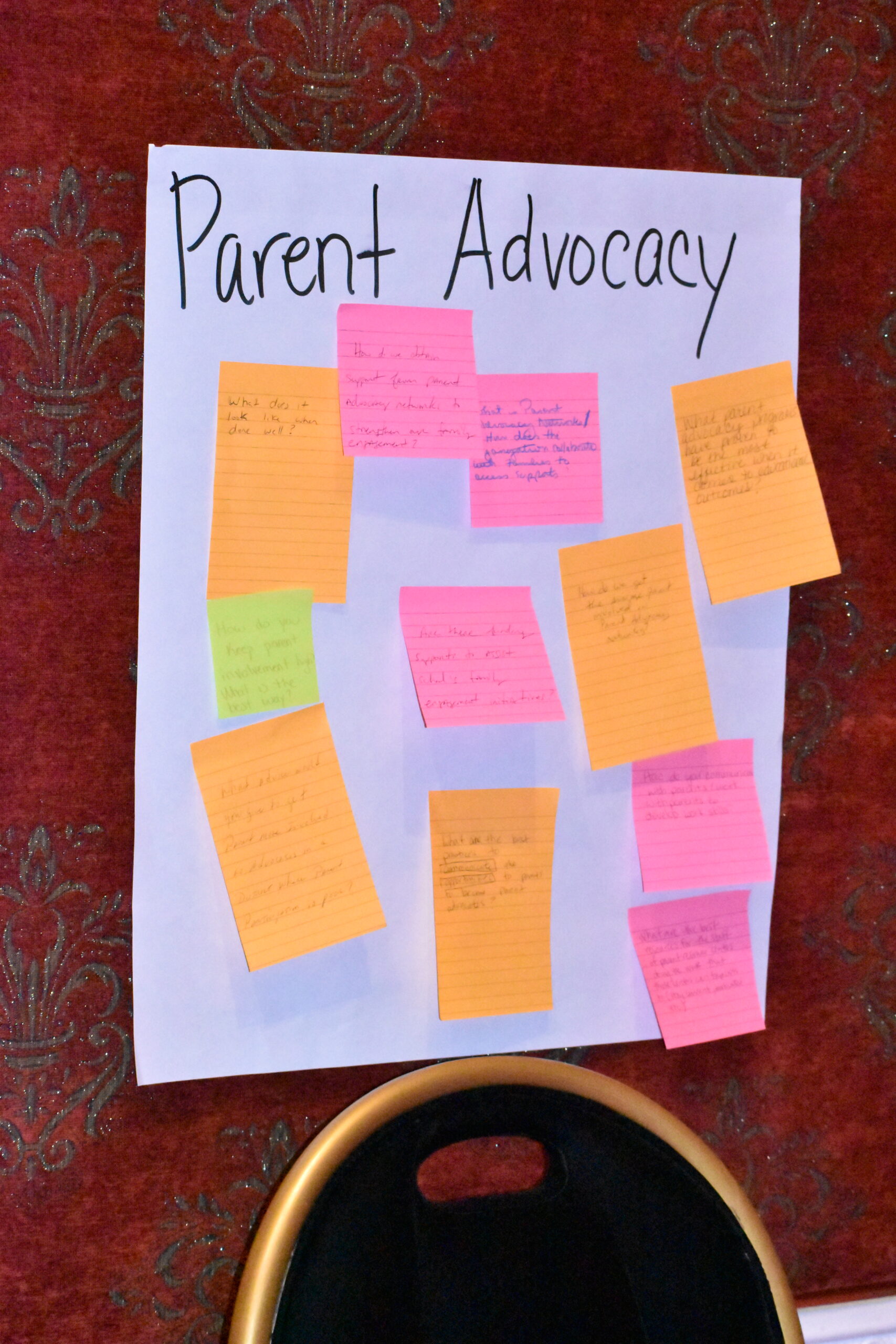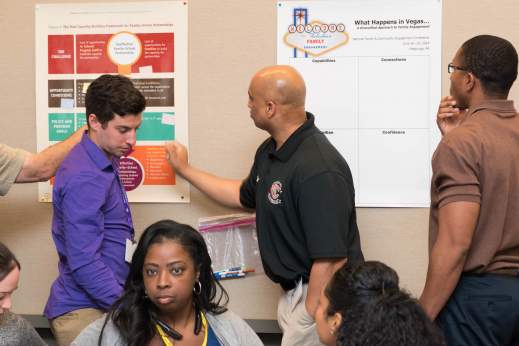written by Executive Director and President of Attendance Works Hedy Chang and Vice President for Leadership and Engagment at IEL Kwesi Rollins
Looking back, we thought the spread of Covid-19 would be under control by the time the new school year began. We thought we would know how to ensure that school buildings provided healthy and safe environments for students and staff. Instead, states and districts must manage a return to class in the midst of a trio of crises involving public health, racial injustice and police brutality, on top of growing economic instability. The situation is in flux with no end in sight.
Yet this is not a time for despair. Rather we must leverage and adapt what we already know is essential: we must deepen, not lessen, family and community engagement. Schools and districts need families and communities to be their “north star” if we are to successfully navigate the transition back to class, whether offered remotely, in-person or as a blend. Family and community insights, assets and experiences are essential for putting in place educational support and offerings that ensure students and families can and will show up for class despite all the challenges.
Too often, families are overlooked. That’s why multiple parent-led and community-based organizations have risen up to insert their voices into the school reopening process, by sending a joint letter to education and policy decision makers, and holding a national day of action to demand safe, healthy, and equitable schools. Cumulatively, these groups represent over one million families in over 100 communities in more than 30 states.
Their common sense demands include being certain that schools are prepared with:
- adapted space that allows for necessary social distancing,
- safe transportation options,
- before and after care options,
- protective equipment for students and staff,
- a plan to trace infected individuals within the school community, and
- strategies to support the healing process needed to address the traumatic impact of Covid-19.
Reopening plans developed without input from families and communities are less likely to respond to current realities or gain broad support.
At the same time, given the constant flux, schools, districts and communities must be more committed than ever to using data to identify as quickly as possible when new strategies and approaches aren’t working. Monitoring student attendance can be especially invaluable since it is a leading indicator of educational inequity.
While showing up does not guarantee learning, a student who misses class clearly does not benefit from the instructional opportunity. When students miss class, (whether offered remotely, in-person or a blend), it typically means that something didn’t go as planned. Perhaps the student is sick, has difficulty logging to a computer or has experienced bullying. The key to improvement is reaching out to students and families to find out what happened and what would help them to get to class. If a large number of students miss class, it is an indication of challenges that require systemic solutions.
To make monitoring attendance even more useful, Attendance Works advocates for a multi-metric framework that goes a step further by examining which students are already at risk because of high levels of absence prior to school closures, whether working contact information is available, if students and families have the technology needed to access virtual instruction, and if students and families have strong relationships with the school community.
Combining attendance data with a deep commitment to family and community engagement can help schools and communities find out quickly what is and isn’t working. It also encourages schools to draw upon family and community insights and collective resources so they can adapt to new realities.
Equally important, data can reveal what is working. We anticipate, for example, that attendance during the first weeks of school will be much higher among schools and districts that already had strong partnerships in place with students and families and existing relationships with community partners. Such schools and districts are much better positioned to move beyond putting out fires and can focus on meeting the needs of staff, families and kids. More than that, information about who is able to help students and families—such as school staff or community partners—especially in communities with high levels of poverty, will help to reveal who is better equipped to innovate, think outside the box, and collaborate on solutions that would work for their students and communities.
 Everyone was caught off guard when trying to move to distance learning in the spring of 2020. But districts that were already doing home visits as a strategy for building trust were able to pivot to doing virtual home visits. We saw hundreds of stories of kids’ faces lighting up because their teacher called to check on them and help them navigate technology challenges.
Everyone was caught off guard when trying to move to distance learning in the spring of 2020. But districts that were already doing home visits as a strategy for building trust were able to pivot to doing virtual home visits. We saw hundreds of stories of kids’ faces lighting up because their teacher called to check on them and help them navigate technology challenges.
In a crisis, no one gets it perfect. But it’s clear that trusting, nurturing relationships are the foundation of a smooth transition to school—with or without crisis. Good family engagement has always been important, and schools that use sound strategies have better outcomes across a range of indicators, as proven by three decades of research. This was the case before the pandemic and will be the case after it.
Right now, decision-makers must invite more people to table in order to successfully serve students. Many are engaging with parents and families more than they have in the past because obstacles are coming up that can’t be surmounted without families being involved. Honoring community wisdom and parent knowledge while aligning engagement strategies is critical. Strong family-school-community partnerships are the key to being better prepared for shifting conditions and for the ultimate goal of achieving greater equity in our education system, a simmering crisis that will continue to do great harm if left unresolved.
There is no school scenario in which parents, families, and communities can be left out, and including them consistently in the conversation is the key to improving outcomes across the board. If we don’t learn that now, then we’ll have to repeat this hard lesson in the next crisis to come.
